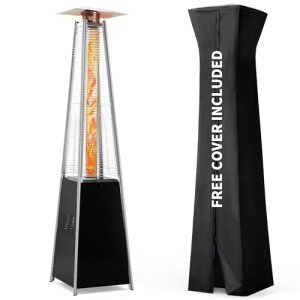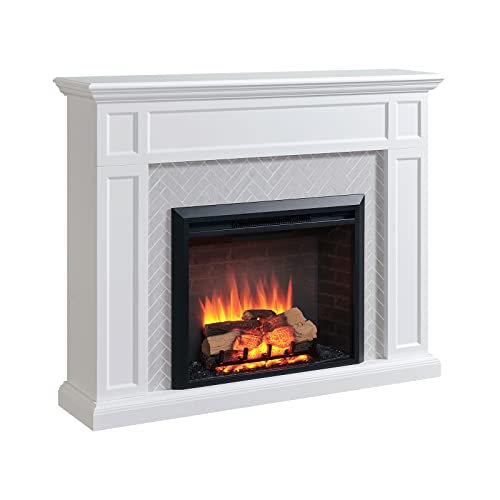
fireplaces4470
About fireplaces4470
Finding the Best Fireplace for Your Home: A Comprehensive Guide

Fireplaces have served as a central element in homes for centuries, providing warmth and a cozy ambiance. Nowadays, the market offers various types of fireplaces, catering to different preferences, home designs, and efficiency needs. This article will help you understand the types of fireplaces available, their pros and cons, and what factors to consider when choosing the best fireplace for your home.
Types of Fireplaces
When selecting a fireplace, understanding the different types available is essential. Here’s a comprehensive overview of the most popular options:
1. Wood-Burning Fireplaces
Wood-burning fireplaces are traditional and provide a rustic charm. They burn logs and generate heat through the combustion process.
Pros:
- Authentic experience with real flames
- Potentially less expensive if wood is sourced locally
- High heat output
Cons:
- Requires a chimney for venting
- Need for regular cleaning and maintenance
- Wood storage needed
2. Gas Fireplaces
Gas fireplaces can either be vented or ventless. They use natural gas or propane to create flames and heat.
Pros:
- Easy to use with the flip of a switch
- Cleaner than wood-burning options
- Lower maintenance requirements
Cons:
- Requires a gas line installation
- Less ambiance compared to real wood flames
3. Electric Fireplaces
Electric fireplaces use electricity to produce heat and simulate flames. They can be standalone units or inserts.
Pros:
- Easy installation and no venting required
- Adjustable heat settings
- Safe and convenient
Cons:
- Less heat output compared to gas or wood
- Requires electricity to operate
4. Bioethanol Fireplaces
Bioethanol fireplaces burn bioethanol fuel, providing a sleek, modern look without the need for a chimney.
Pros:
- Eco-friendly and produces no smoke
- No need for venting or gas line
- Portable Stoves Online and versatile in design
Cons:
- Can be more expensive to run
- Lower heat output than traditional fireplaces
5. Pellet Stoves
Pellet stoves use compressed wood pellets as fuel and can be vented outside.
Pros:
- High efficiency and cost-effectiveness
- Lower emissions than wood-burning options
- Automated feeding systems available
Cons:
- Requires electricity to run
- Needs a regular supply of pellets
Factors to Consider When Choosing a Fireplace
Selecting the best fireplace requires careful consideration of several factors to ensure it fits perfectly into your home and lifestyle. Here are key considerations:
1. Space and Layout
- Size of the room where the fireplace will be installed
- Open floor plans vs. closed areas
- Available wall space for installation
2. Fuel Type
- Preference for traditional wood or modern gas/electric
- Local availability and cost of fuel
- Environmental considerations
3. Design and Aesthetic
- Style that complements home decor—traditional, modern, rustic
- Availability of customizable designs
- Materials used in construction (stone, metal, etc.)
4. Efficiency and Heating Needs
- The fireplace’s efficiency rating
- BTU (British Thermal Unit) output required for the space
- Insulation quality of the home
5. Installation and Maintenance
- Complexity of installation (DIY vs. professional help)
- Ongoing maintenance requirements
- Local building codes and regulations
Comparison Table of Fireplace Options
| Type | Pros | Cons | Best For |
|---|---|---|---|
| Wood-Burning | Authentic experience, high heat | Regular maintenance required | Traditional home settings |
| Gas | Easy to use, cleaner | Requires gas line installation | Modern or contemporary homes |
| Electric | Easy installation, safe | Limited heat output | Apartments or small spaces |
| Bioethanol | Eco-friendly, portable | Higher running costs | Modern aesthetic designs |
| Pellet Stove | Efficient, lower emissions | Needs power supply | Sustainable home setups |
FAQs About Fireplaces
Q1: How do I choose the right size fireplace for my room?
To choose the right size fireplace, consider the BTU output required for your space, insulation, and ceiling height. A general rule of thumb is to aim for 25-30 BTUs per square foot of space.
Q2: Are electric fireplaces safe to leave on overnight?
Electric fireplaces are designed with safety features and can be left on overnight; however, it’s always advisable to follow the manufacturer’s guidelines and monitor the heater periodically.
Q3: How frequently should a wood-burning fireplace be cleaned?
A wood-burning fireplace should be inspected and cleaned at least once a year to prevent soot buildup and maintain efficiency.
Q4: Can I install a gas fireplace myself?
Gas fireplace installation often requires professional assistance due to safety concerns related to gas lines and venting. It’s best to consult a licensed technician.

Q5: What is the lifespan of a bioethanol fireplace?
Bioethanol fireplaces are made of durable materials, and with proper care, they can last many years, often over a decade.
Choosing the best fireplace for your home involves understanding your needs, preferences, and the design of your space. Whether you opt for the traditional charm of a wood-burning fireplace or the convenience of an electric model, each type has its unique advantages that can enhance your home’s comfort and aesthetics. By carefully considering fuel types, installation requirements, and heating efficiency, homeowners can make an informed decision that meets their lifestyle and elevates their living environment.
No listing found.